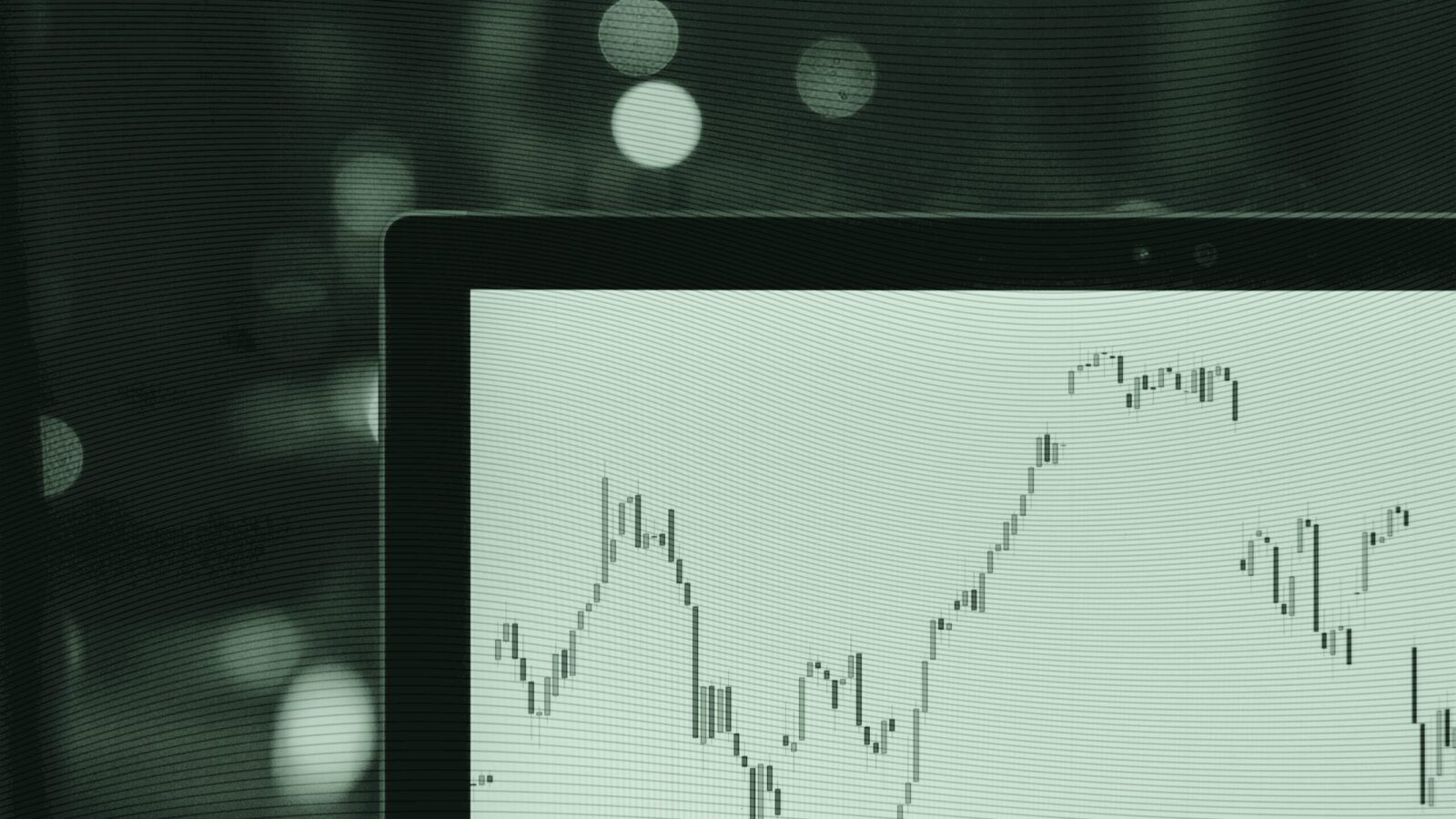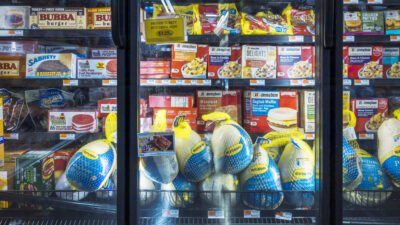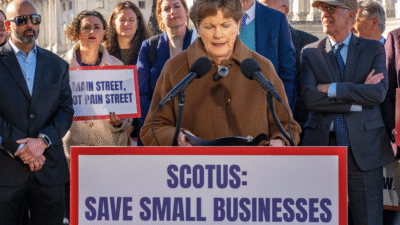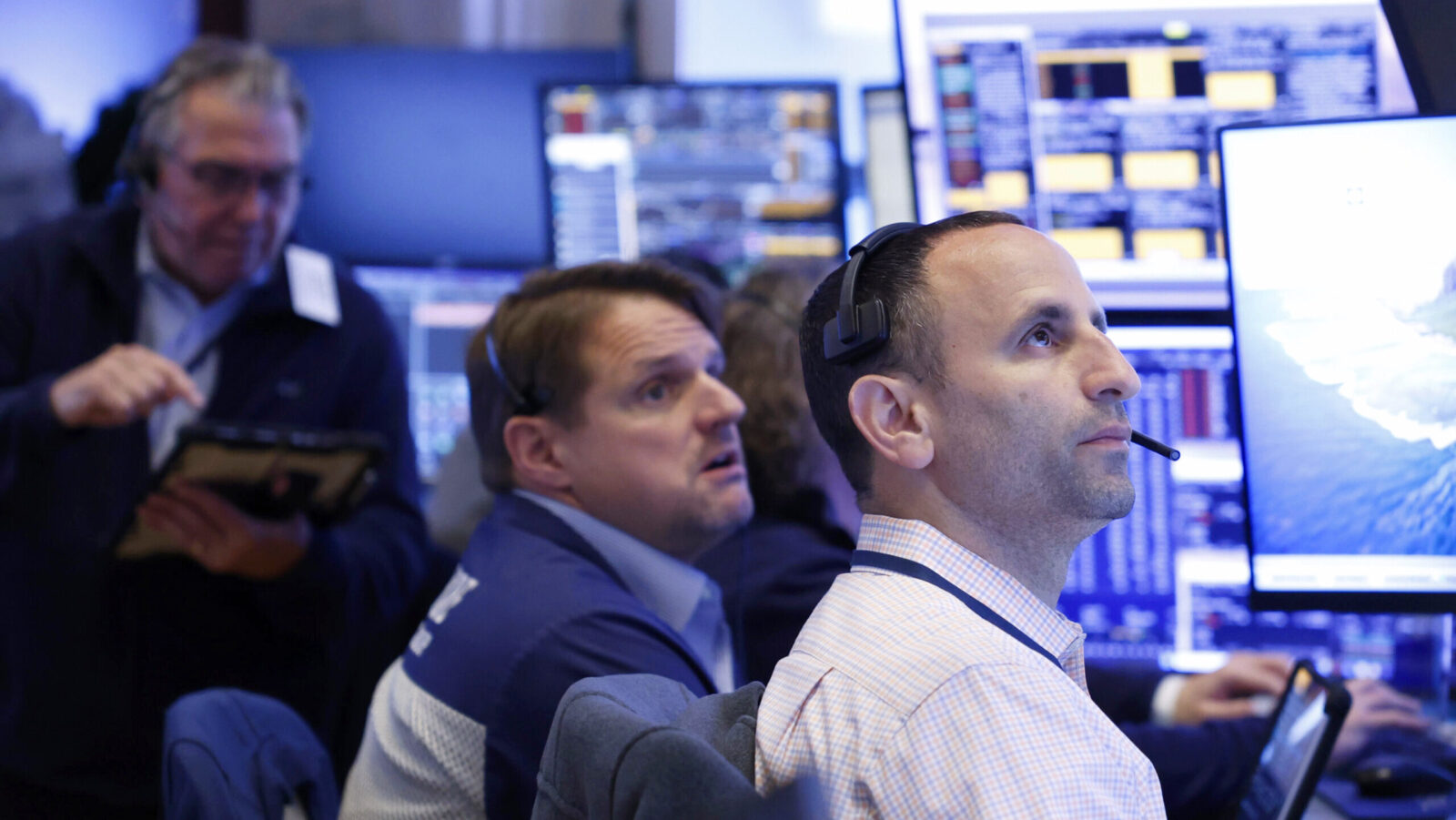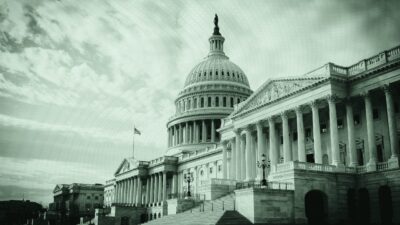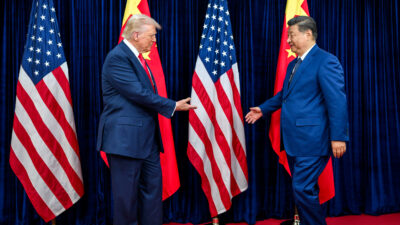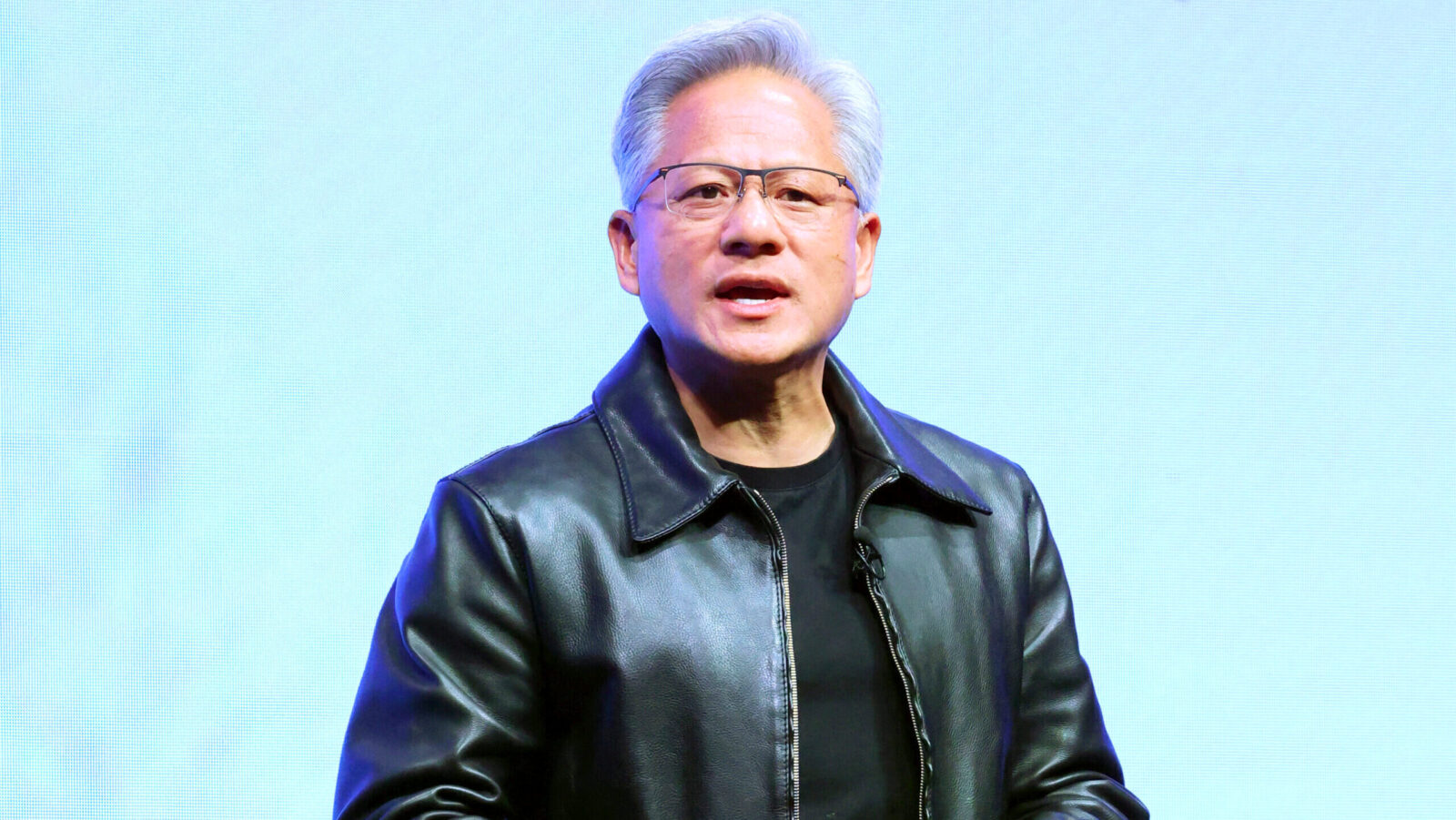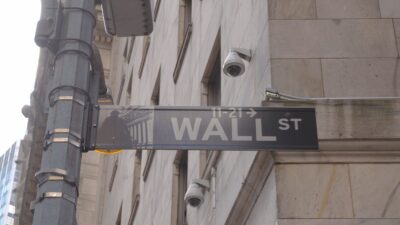Tariff War Transforms US Bond Market From Boring to ‘Yippy’
US Treasurys have long been safe havens during financial market upheaval. President Trump’s sweeping import tariffs made them more volatile.
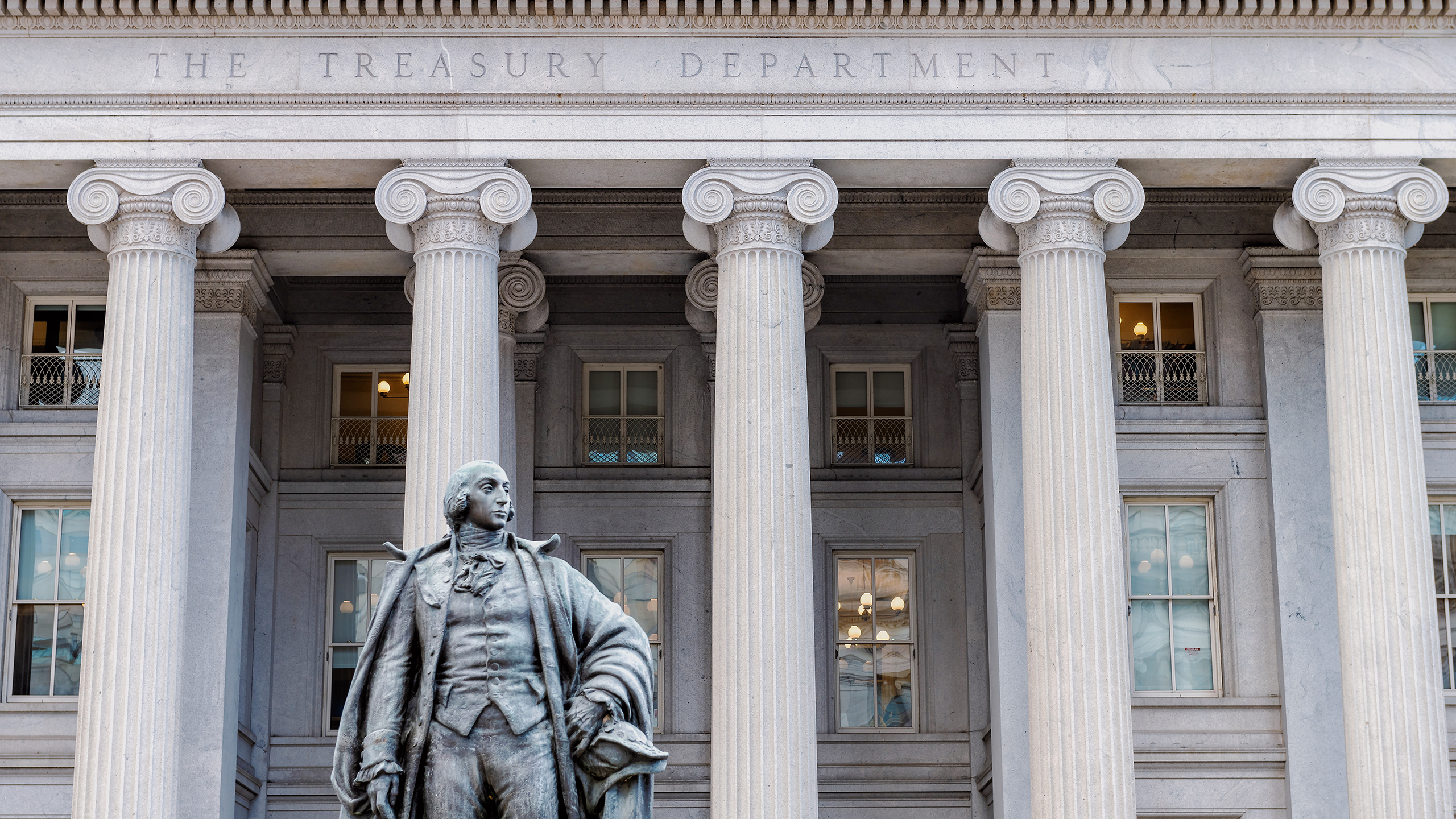
Sign up for smart news, insights, and analysis on the biggest financial stories of the day.
The Dow Jones Industrial Average and the S&P 500 indexes get major play in the press, but it is the US bond market that has turned into the most intriguing part of the financial markets since the inception of President Trump’s tariff war.
US government bonds, also known as Treasurys, are supposed to be the safest, most liquid securities next to money-market funds and high-yield savings accounts. It’s safer than, say, putting money under your mattress. “If your house burns down, you’ll still have your bonds,” and be made whole by the US Treasury Department, explained economist Justin Wolfers.
But the bond market grew scary after Trump’s April 2 “Liberation Day” announcement. Not only were investors dumping stocks and the US dollar in the ensuing days and weeks on Trump’s so-called reciprocal tariffs, they were also getting rid of their Treasurys – a rare phenomenon given investors typically consider Treasurys a safe haven during economic and political turmoil.
Tarnishing the Brand
“In the financial markets, no brand compared to the brand of the US Treasury — the US Treasury market, the strength of the US dollar and the creditworthiness of US Treasurys. No brand came close. We put that brand at risk,” warned Ken Griffin, founder, chief executive officer and co-chief investment officer of Citadel LLC, one of the largest and most successful hedge funds in the world.
The aggressive April selling of Treasurys became dangerous when foreign investors such as China, one of the largest owners of US government bonds, did some of the unloading, according to iFlow data from BNY, which oversees about $53 trillion in assets for clients around the globe and provides insights on asset-allocation trends.
“The haven status of such assets is increasingly in question, and our data capture this trend clearly,” John Velis, Americas macro strategist at BNY, wrote in a client note. Velis’s chart showed cross-border Treasury flows, including for the week ending April 11, which were “nearly one full standard deviation below normal” — making it one of the biggest weeks of Treasury selling in several years.
China’s official direct holdings of Treasury securities were reported at over $784 billion in February 2025; the country’s holdings of US Treasurys peaked at $1.32 trillion in 2013.
Trump’s reciprocal tariffs involved higher tariff rates on dozens of nations beyond China, however, countries identified by the administration as running large trade surpluses with the United States. He also imposed a 10% baseline tariff on all imports.
‘Extraordinary’ Economic Threat
“Underlying conditions, including a lack of reciprocity in our bilateral trade relationships, disparate tariff rates and non-tariff barriers, and US trading partners’ economic policies that suppress domestic wages and consumption, as indicated by large and persistent annual US goods trade deficits, constitute an unusual and extraordinary threat to the national security and economy of the United States,” Trump said in an executive order imposing the levies.
If the order was an attempt to address one threat, it had the collateral effect of creating a new one, some investors say. Concern grew when Trump began pressuring the Federal Reserve to lower interest rates more quickly.
“We are underweight the long end of the Treasury yield curve – between 20-year and 30-year maturing Treasurys – because of our concern on the fiscal outlook, policy uncertainty around trade and now questions about Federal Reserve independence,” Bill Campbell, global bond strategy portfolio manager at DoubleLine Capital, told The Daily Upside. “We are favoring the front end and the belly of the curve — 2-year, 5-year and 7-year Treasurys. If something goes wrong, the Fed will cut rates and the front-end rates will move along with the Fed.”
Bullied by the Bond Market?
The extraordinary volatility in global financial markets in April underscored the Treasury market’s deepening role in the trade war. On April 9, Trump paused most reciprocal taxes for 90 days, following the bond market’s eruption. The yield on the benchmark 10-year Treasury note soared to a peak of over 4.5% on April 10 from a low of around 3.8%. At the end of the month, it settled around 4.17%, according to a report from Tradeweb Markets.
“I thought that people were jumping a little bit out of line,” the president said when a reporter asked him to elaborate on his decision to halt reciprocal tariffs. “They were getting yippy, you know, they were getting a little bit yippy, a little bit afraid … because we have a big job to do,” Trump said. “No other president would have done what I did … and it had to be done.”
The trillion-dollar question: Did Trump get bullied into backing down on reciprocal tariffs by the bond market?
“The bond market spooked the president,” Ed Yardeni, president of Yardeni Research, told CNN’s Matt Egan. “Bond vigilantes were screaming that they weren’t happy with what was going on, and there was a potential for a recession.”
Trump rejects the notion that he was bullied by the bond market. “The bond market was getting the yips, but I wasn’t. Because I know what we have,” Trump told Time magazine. With renewed attention on the bond market, the relationship between the Treasury market and the rest of the financial markets will be watched closely.
Bipolar Bond Behavior. From the 2008 financial crisis to COVID, any whiff of panic about a slowing economy that rattled stock markets has typically led to a stronger dollar as global investors pile into safe havens, such as Treasurys, Kelly Evans, an anchor at CNBC, wrote in The Exchange Newsletter titled “Something very weird is happening.
“But now, we’re not getting that. We’re getting higher bond yields,” she said. Higher bond yields translate into higher borrowing costs and high mortgage rates, which could choke off consumer and corporation demand.
“We’re getting a cheaper dollar, which means the cost of imported goods is going higher, even on top of whatever tariffs will now apply,” she added.
Gold, meanwhile, has been one of the biggest beneficiaries of Trump’s trade war. The precious metal shot higher during April’s selloff, topping $3,400 an ounce for the first time.
“Gold is telling you everything you need to know,” billionaire investor Mike Novogratz told CNBC on Squawk Box. “Gold and Bitcoin are report cards on financial stewardship, [and] if you’re the Treasury Secretary, what they’re telling you right now is not great.”
All told, the bond market’s influence brings back memories of the famous quote from Democratic Party strategist James Carville in the 1990s: “I used to think that if there was reincarnation, I wanted to come back as the president or the pope or as a .400 baseball hitter. But now I would like to come back as the bond market. You can intimidate everybody.”
